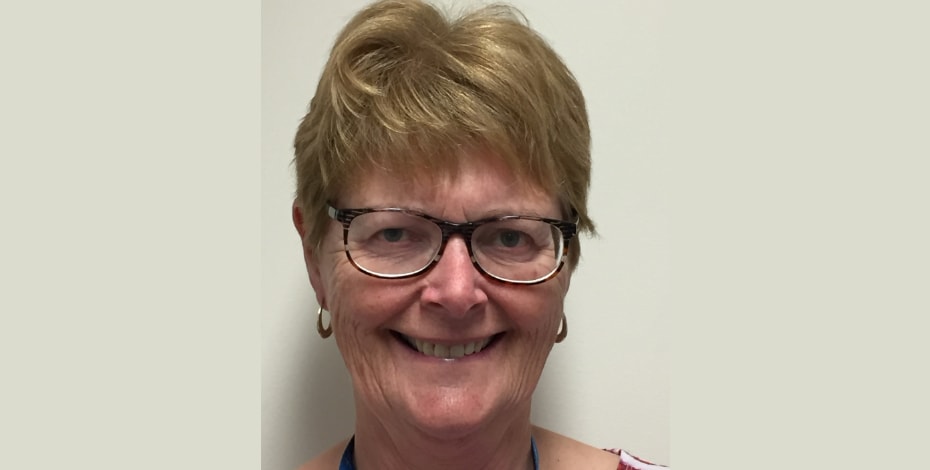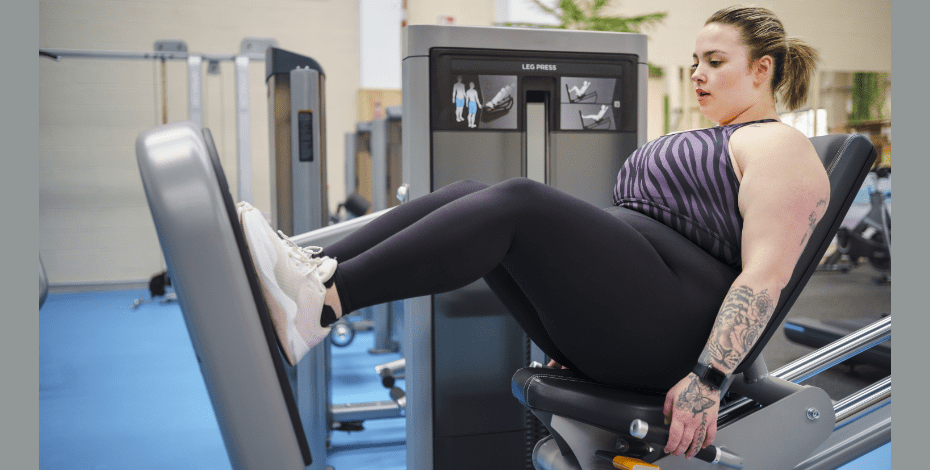
Farewell to a true pathfinder

Jan Mountford retires from her work as an advanced scope physiotherapist. Here, Jennifer Persaud, APAM, reflects on Jan’s career and her pioneering contributions.
Jan Mountford qualified as a physiotherapist in 1976 at Kings College Hospital in London, UK. She worked at St Bartholomew’s Hospital in London before joining the British Red Cross Society in Beirut and later took up post at the Arthritis Society in British Columbia, Canada. Jan arrived in Perth, Western Australia in the 1980s where she undertook her graduate diploma studies in manipulative therapy at the West Australian Institute of Technology and completed her master’s degree in 1992 at Curtin University.
Jan worked across a number of public health services in WA, as well as a clinical supervisor for the Curtin School of Physiotherapy. Through her work, she developed a strong interest in the development of alternate service delivery models to improve access to care for patients with musculoskeletal conditions. In 2006 she turned this interest into a reality. Supported by pain physician Dr Roger Goucke, Jan established the first advanced scope physiotherapist (ASP) role in Western Australia within the pain clinic at Sir Charles Gairdner Hospital.
Jan worked across a number of public health services in WA, as well as a clinical supervisor for the Curtin School of Physiotherapy. Through her work, she developed a strong interest in the development of alternate service delivery models to improve access to care for patients with musculoskeletal conditions. In 2006 she turned this interest into a reality. Supported by pain physician Dr Roger Goucke, neurosurgery outpatients wait list. The role proved to be a success, driving down wait lists, achieving high patient satisfaction and attracting strong support from spinal surgeons.
Dr Goucke recalls that back in 2006 it was a very new way of working, but it did not take long for Jan to prove the model to be safe and effective. ‘There were initially some reservations from patients and referrers but Jan was able to allay concerns because of the thoroughness of her history taking and examination, as well as her high level of clinical expertise,’ he says.
He adds that once the ASP clinic was firmly established, Jan was able to extend her skills to contribute towards teaching within the department. ‘Jan was very generous with her time in accepting medical students, advanced pain med trainees and nursing visitors into her clinic … especially, if they touch-typed as they could then type the letters at end of consult,’ he adds. ‘Always, they provided feedback that they had learnt a lot and were grateful for the time and generous sharing of knowledge.’
The first ASP position in the pain clinic provided the foundation for further development of ASP positions throughout Western Australia— it soon became obvious that Jan’s expertise could be extended to other clinical areas. Later in 2006, Jan set up the first ASP-led spinal triage clinic in Western Australia to service patients on the elective neurosurgery outpatients wait list. The role proved to be a success, driving down wait lists, achieving high patient satisfaction and attracting strong support from spinal surgeons.
Since those early beginnings, the solid foundations that Jan laid down permitted growth of the service, resulting in a positive impact for patients, colleagues, the hospital, and the community that it serves. Reflecting on Jan’s contribution to the neurosurgery department over the last 13 years, her colleague, neurosurgeon Dr Arul Bala, says ‘Jan has been crucial in providing a spinal service to the community. She has shown how sub-specialisation in physiotherapy can allow one to gain specialist knowledge and skills. It has streamlined the process of triage and consultation. We will be grateful for all her excellent work and teaching.’
Jan essentially set a precedent that facilitated further development of ASP opportunities in Western Australia, and there are currently multiple ASP services embedded across several hospitals in the state; however, it was not an easy journey to reach this outcome and Jan was instrumental in leading the charge to bring about change.
In 2014, Jan and her colleagues, led by Health Services Union (WA), attended an Industrial Relations Commission to argue the case for ASPs to be recognised and remunerated appropriately in Western Australia. Jan’s contribution played a significant part in achieving a historic industrial relations outcome for physiotherapy, which culminated in the Commission handing down a decision to establish a higher industrial work level for clinical physiotherapists. The decision was critical in achieving recognition of ASP roles in Western Australia and opening career opportunities for a whole new generation of physiotherapists.
As Jan retires from the profession, she leaves behind a great gift of legacy, as she helped to establish recognition for ASP roles in industrial awards and set the landscape for the scaling of ASP services to enable greater positive impact for patients. She also leaves behind the tremendous impression that she made on her physiotherapy colleagues. ‘Jan’s patience, diplomacy and level of clinical skill put ASPs on the path in WA,’ says Professor Brigit Tampin, APAM, who worked closely with Jan as her fellow ASP in the neurosurgery elective outpatient clinic. ‘Jan was instrumental in gaining recognition and acceptance from our medical colleagues for the work that ASPs do,’ she adds.
Other stories shared by Jan’s colleagues note that aside from being a highly accomplished physiotherapist and great advocate for the profession, Jan also has a multitude of other skills. These include being a legendary cook, learning Italian, and having a passion for donning costumes and taking on any role (including performing a fabulous rendition of Diana Ross and the Supremes … with dance moves!).
In her retirement, Jan intends to turn her attention to her love for golf. Now that she has more practice time, she aims to achieve her aspirations to lower her handicap from 21 to 18. She is also learning the piano and looks forward to a new job as ‘Nanna Jan’.
Jan was asked to reflect on her career and to provide some thoughts about the key contributions that she made to ASP in Western Australia: ‘I feel so privileged to finish my career in a role that I have loved. The fact that the ASP role at Sir Charles Gairdner Hospital was requested by medical staff has meant that I have always felt valued and supported. This has given a perfect platform for development and expansion of the ASP position. I am thankful to my ASP partner Prof Bri Tampin, as well as Dr Roger Goucke, Dr Ferry Dharsono, radiologist, and the many neurosurgeons over the years that have supported my learning.’
We wish Jan well in her retirement and thank her for her contribution to patient care and to the physiotherapy profession.
© Copyright 2024 by Australian Physiotherapy Association. All rights reserved.






